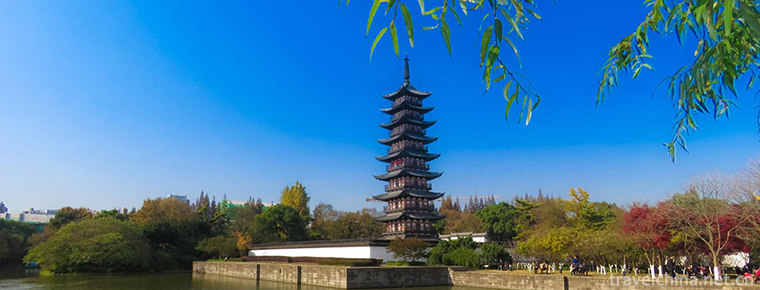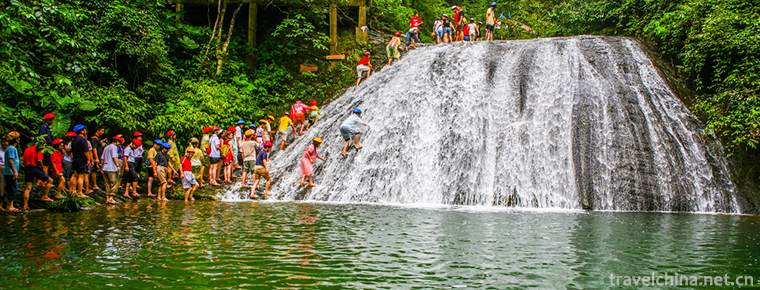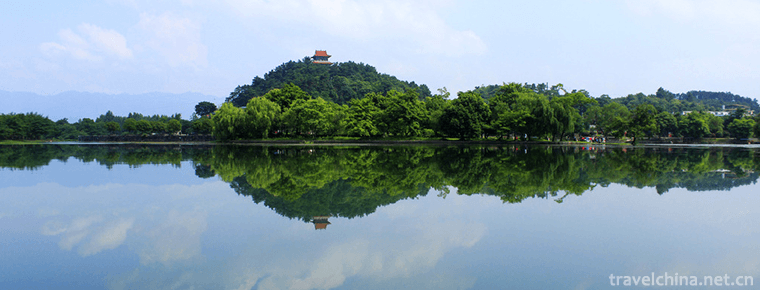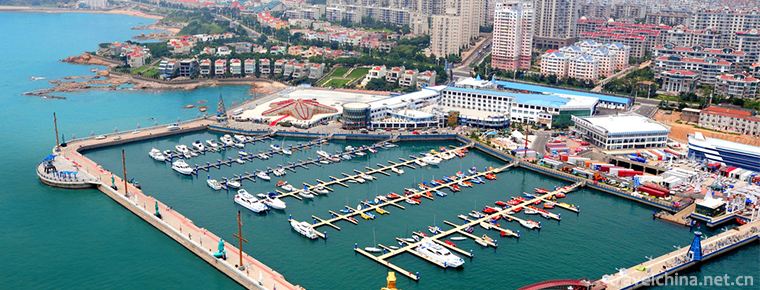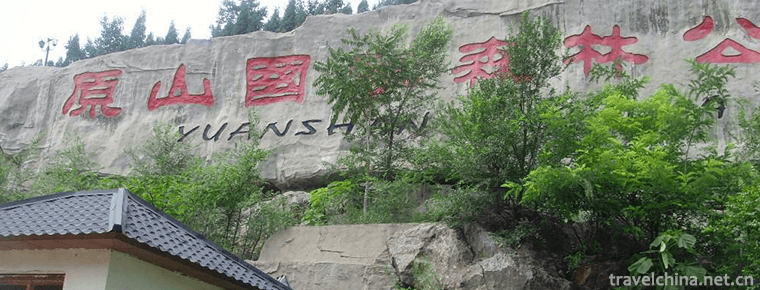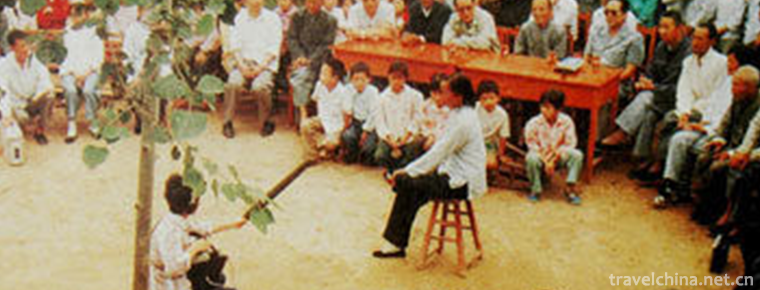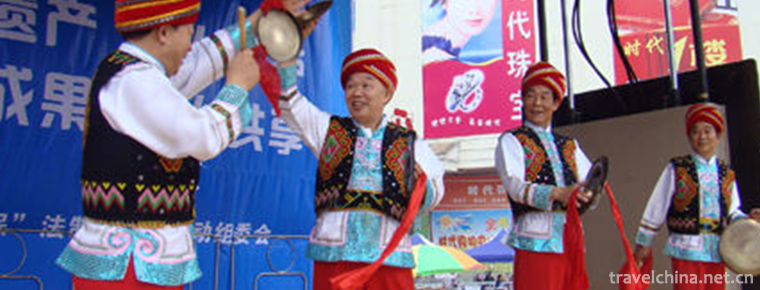Deep Drilling and Drawing Techniques of Salt in Zigong Well
Deep Drilling and Drawing Techniques of Salt in Zigong Well
Zigong well salt deep drilling technology, the local traditional technology of Zigong City, Daying County, Sichuan Province, one of the national intangible cultural heritage.
The process of deep salt drilling in Zigong well is complicated, including drilling design procedure, pre-drilling preparation, drilling, repair, salvage, identification of gas brine and indication of gas brine resources in drilling, etc. Finally, a deep salt well is formed.
On May 20, 2006, Zigong well salt deep drilling technology was approved by the State Council of the People's Republic of China and listed in the first batch of national intangible cultural heritage list, project number_-64.
historical origin
Zigong well salt originated in the Eastern Han Dynasty (76-88 AD). Manual excavation was the main method of salt mining. At that time, the production of salt was very low, and the quality of salt was not very ideal.
In the Qingli years of the Northern Song Dynasty (1041-1048), the working people of Sichuan invented the percussive drilling technology and drilled thousands of Zhuozhong wells, which made the drilling technology develop from manual excavation to mechanical drilling, greatly improving the speed of salt extraction.
During the Ming and Qing Dynasties, percussive drilling technology gradually matured in Zigong area, forming a complete set of perfect drilling technology. These include: fine drilling procedures, improvements in drilling bits and tools, logging and deviation correction, and skillful repair techniques.
In the Daoguang period of the Qing Dynasty (1835), the world's first deep well exceeding 1000 meters appeared, which marked the maturity of ancient well salt drilling technology. The extensive application of drilling technology in well salt production in the Qing Dynasty earned Zigong the reputation of "Fujia Quanchuan".
In the Republic of China in 28 years (1939), Zigong "because of salt city", has developed into a historical and cultural city.
During the Anti-Japanese War, when the Japanese blockaded sea salt, they made great contributions to ensuring the normal life of the people in Mainland China. Well salt makes Zigong known as the "town of well salt".
After 1943, due to the upgrade and popularization of equipment, people in Zigong began to enter the era of using machine drills, and gradually replaced traditional handicraft.
Technological characteristics
The deep salt drilling technology of Zigong well is especially suitable for the exploitation of low-pressure production zones, because the drilling speed is slow and the slight changes of underground production zones can be found in time, and the process has no mud circulation, the production zones are not easy to be blocked and polluted, and the resources of all production zones can be effectively utilized. Stopping drilling technology has the characteristics of less investment, quick effect and simple technology in drilling and repairing salt wells, and it is still used in production later. The invention of this technology led to the emergence of rope drilling technology, which resulted in the exploitation of deep underground natural brine.
The first well drilled by salt deep drilling and swabbing technology is called Zhuozhong well. The concrete operation method is to use the lever principle to set up a wooden bunker. Six or eight workers are divided into two groups to step on the bunker, raise the bunker and lift the connected file head, then jump off. With the falling bunker, the file will impact the drill to the bottom of the well under the action of gravity, and then use the bull as the power to drive the truck through. Ropes, skyscrapers, etc. will push the mud barrel down to the bottom of the well, and constantly pull out cuttings, so that for several years, it will become a deep well to obtain salt and brine resources.
Technological process
Zigong well salt deep drilling and swabbing technology (stopping drilling technology) contains very rich content, including drilling design procedures, pre-drilling preparation, drilling, repair, salvage, halogen identification and gas halogen resources display precursors in drilling. This technology follows the process of well salt extraction in Song Dynasty, including drilling, brine extraction, brine drying (brine filtering), salt Decoction and other processes.
1. Drilling: The rope-type drilling method is to build a rectangular wooden frame and use the lever principle to step up the big iron bar hanging at the end of the bar (the lower end of the iron bar is as big as the bowl mouth). Suddenly loosen your feet, hit the bottom of the well with a heavy iron head, add water while hitting, and then take out the mud with a scraper. So repeatedly, the deeper the well goes.
2. Brine extraction: After the well is well drilled, it will use Dananzhu to go down to the underground to separate fresh water, and then use the disdain of the float to put the brine suction tube into the underground to fill the brine, and then pull the float, brine will be taken out.
3. Drying brine: In the drying dam, the salt shelf and the shaft are a good pair of partners. People walk in the barrel truck and pour the brine into the skyscraper (the wooden trough on the salt shelf) and into the urine pole. The brine spreads to the gold and bamboo branches through the small eyes of the long bamboo barrel at the bottom of the skyscraper. The water evaporates gradually when the brine concentration reaches 18-20. After degrees, the filter cylinder is input for filtering. (Drainage: Drainage will be brine sediment, impurities filter clarification and then put into the salt pan Decoction salt)
4. Front salt: The cooker will ladle the filtered brine into the salt pot in the cooker's room and gradually form salt through high temperature.
Inheritance and Protection
Inheritance value
Zigong well salt deep drilling technology has the research value of well salt mining technology, well salt economic historical data, well salt production sites and sites, places thriving because of salt, salt industry Xingbang Guild Hall, salt merchants Zhaibao Garden House and so on.
First, exquisite well salt mining technology. Among the long history of well salt development in Zigong, the most amazing is a set of skillful well salt drilling, mining and decocting techniques, especially the percussive stopping drilling technique adopted by Zhuozhong well in Qing Dynasty of Northern Song Dynasty, which pioneered human mechanical drilling and was a major breakthrough in drilling technology. Take the lead in the world. This technology was introduced into Europe after the 11th century, which strongly promoted the development of drilling technology in the world and made outstanding contributions to human civilization and progress. It is known as the "father of modern oil in the world".
Second, there are abundant historical data of well salt economy. The history of production and management of Zigongjing Salt Industry is the same as that of Jingdezhen Ceramic Industry, the capital of porcelain. It has always been an interesting issue for scholars at home and abroad who study the economic history of China. Zigong preserves more than 30,000 volumes of historical archives and documents of salt industry, especially the well salt management contracts and books collected by the Salt Industry History Museum, which provide precious historical materials for the study of the development of well salt commodity economy and the germination and management of salt capitalism.
Thirdly, there are many well salt production sites and sites. Over the past two thousand years, Zigong Salt Workers have excavated more than 1300 salt wells on the salt field by manpower, producing more than 70 million tons of salt and more than 30 billion cubic meters of natural gas. Among the many salt wells preserved, in addition to the famous Dagong well, Yanyang well, Fayuan well and other sites, the more famous are: the world's first ultra-kilometer deep well, Dongyuan well, which has been exploited for more than 200 years, and the oldest well, Xiaoqiao well, which has the highest wooden derrick of Da14 well and Xinda 6 well.
Fourth, ancient streets and towns thriving because of salt. The development of salt industry and the prosperity of transportation and marketing have brought prosperity to the streets and towns of Zigong. Later, Zigong has preserved a certain number of traditional blocks and ancient towns and streets with relatively complete styles and patterns, such as Zhonghua Road, Xinmin Street in Ziliujing District, Hejie Street and Old Street in Gongjing Area, Backstreet in Fushun and Dajingguan Town. Xinhua Street in Hejie and Zhaohua Town, Huichaikou on Yanchang Road, Lianggaoshan Old Street, Dashanpu Street and Lianhuachang Ancient Street in Rongxian County, which is covered in full length and has unique features. Among these ancient streets, Gongjing Old Street and Hejie Street are the oldest. They are one of the birthplaces of Zigongjing salt production and city. They are not only the ruins of Dagongjing and Gongjing County, the mule-horse road carrying salt, the ancient stone bridge on foot, the stone river weir passing by the salt boat, but also the streets and alleys adjacent to the shops, the light and simple folk houses and the small stone slabs. Street. The rise and fall of these ancient towns, either because of salt transportation or because of salt transportation, play a decisive role in the transportation and marketing of salt industry.
Fifth, the guildhalls of various salt industries. Since the Qing Dynasty and the Qian Dynasty, with the prosperity of the economy, businessmen from all over the country have gathered in Ziliujing area to run salt industry and become rich. They have raised funds to build their fellow townships in Ziliujing, Gongjing and Yongan. For a time, there will be many halls, which are magnificent, reflecting the prosperity of well salt culture. These guildhalls are flexible, compact and open, with magnificent architectural decoration. Theatre buildings and Tianjie (Inner Court) constitute the main body of public activity space, which is rich in life and regional interest of Zigong.
Sixth, modern salt merchants'fortresses and gardens. Local eunuchs who became rich because of salt have built Da'an stockade in the city and Sanduo stockade in Niukou Mountain, a rare giant stockade in the province, since the Qing and Xian dynasties, or in order to defend against the rebels, or to enjoy their extravagance. Accompanied by "Zhangyuan", "Luoyuan", "Houyuan" and private garden houses, halls, halls and pavilions, such as Paradise, Hu Yuanhe, fighting for wealth. Landscape features.
The well salt extraction technology of Zigong City and Daying County has been inherited for thousands of years. Its process is well preserved and has become the living fossil of deep well drilling in the world.
Heritage figures
Yan Changwu, male, born in June 1928, is a British from Sichuan. In June 2007, Yan Changwu was selected as the representative successor of the first batch of national intangible cultural heritage projects. Zigong City and Daying County of Sichuan Province declared the project: Zigong well salt deep drilling technology.
protective measures
In 1985, the Department of Cultural Relics and the local government conducted a census and registration of the remaining 9 stoves and 41 wells in Britain, established archives to implement the responsibility of protection, and reported them to the public step by step.
In May 2005, in order to save the well salt making process, the relevant British departments invited Yan Changwu to "go out of the mountain" and arranged for an apprentice to learn the whole production process from him, hoping that Yan Changwu would pass down his skills.
In 2013, Changshan Salt Mine of Sichuan Jiuda Salt Industry (Group) Company set up a dun drilling team to carry out technical inheritance and production practice by using the deep drilling technology of Zigong Well.
In March 2017, Sichuan Province issued the "Opinions of the General Office of the Sichuan Provincial People's Government on Promoting the Revitalization and Development of Old Industrial Bases" to protect and construct five industrial sites including Zigong Jingyan.
In June 2017, the original production scenes, objects and techniques of Qiaohai Well were protected as a whole in Zigong City. A complete set of production tools for well sinking, well repair and well salt production by hand were opened to tourists at home and abroad.
social influence
Important activities
In 2006, the "China intangible cultural heritage protection achievement exhibition" held in Beijing showed more than 30 pieces of works, such as deep drilling and drawing tool drum car, horn car, flat car, drill bit, vertebral frame and punch bar, which were produced by Yan Changwu, and actively imparted this precious craft to people.
In September 2015, the technology of deep drilling and drawing salt from Zigong wells appeared at the Fifth Chengdu International Non-material Cultural Heritage Festival in China, fully demonstrating the new achievements made by the non-material cultural heritage of Zigong City.
In June 2017, the sixth Chengdu International Non-material Cultural Heritage Festival of China was held in Zigong Well Salt Deep Drilling and Drawing Technology Exhibition. Representatives of inheritors made exhibitions on the spot, which attracted many tourists to stop and watch to achieve the purpose of propaganda and protection of non-material heritage.

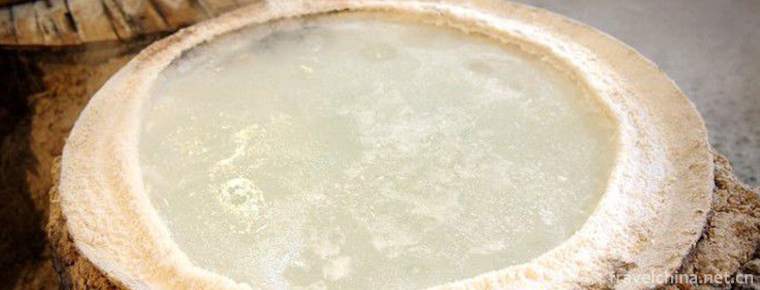
-
Kung Pao Chicken
Kung pao chicken is a famous traditional Chinese and western famous dish.
Views: 227 Time 2018-10-12 -
Shanghai Fangta Garden
Fangta Garden is one of the gardens in the ancient city of Songjiang, which is mainly composed of historical relics. The garden covers an area of 182 mu. The site was originally the downtown center of.
Views: 134 Time 2018-12-19 -
Beihai Ocean Window
The Beihai Ocean Window is situated on the shore of the rich and beautiful Beihai Bay in China. It covers an area of 2.1 hectares and covers an area of 18,100 square meters. It consists of mysterious .
Views: 141 Time 2018-12-26 -
Gongchangling Hot Spring Skiing Ground
Gongchangling Skiing Ground is located in Tanghe Scenic Area of Gongchangling, Liaoyang City, Liaoning Province. It covers an area of 100 hectares and is a national AAA-class tourist attraction..
Views: 109 Time 2019-01-12 -
Gudong Waterfall
Gudong Forest Waterfall Group Tourist Area is located at the foot of Butterfly Mountain - Lawn Road, Gudong Village, Dayuan Town, 8 kilometers away from Guilin City, on the other side of Lijiang Forei.
Views: 217 Time 2019-01-12 -
Linqu canal
Lingqu, formerly known as the Qin Digging Canal, Zero Canal, Douhe Canal, Xing'an Canal and Xianggui Canal, is a great project created by the working people of ancient China.
Views: 328 Time 2019-01-30 -
Qingdao Yinhai International Yacht Club
Qingdao Yinhai International Yacht Club is located at No. 30 Donghai Middle Road, Qingdao City. It is the first national AAAA class tourist attraction in China with yacht club as its main body..
Views: 117 Time 2019-02-07 -
Yuanshan National Forest Park
Yuanshan National Forest Park is located in the southwest of Boshan District, Zibo City, Shandong Province. It was established in 1992 with the approval of the Ministry of Forestry..
Views: 163 Time 2019-03-09 -
Gengcun Folk Stories
Gengcun Folklore Gengcun Folklore, the traditional folk literature of Gaocheng City, Hebei Province, is one of the intangible cultural heritage at the national level..
Views: 125 Time 2019-05-01 -
Tujia Folk Songs
Tujia folk song is a unified folk song composed of lyrics and music. It is the product of the intersection of literature and music. The lyrics of Tujia folk songs belong to the language art, which exp.
Views: 137 Time 2019-06-23 -
Southwest University of Science and Technology
Southwest University of Science and Technology is located in Mianyang City, Sichuan Province. The school is a university built jointly by the Sichuan Provincial People's Government and the Ministry of.
Views: 211 Time 2019-08-31 -
Deyang science and technology
In 2018, Deyang City won 141 provincial projects, including 108 provincial science and technology plan projects and 33 Provincial Intellectual property projects. There are 32 provincial patent implementation projects. 184 high-tech enterprises. A total of.
Views: 152 Time 2020-12-14

